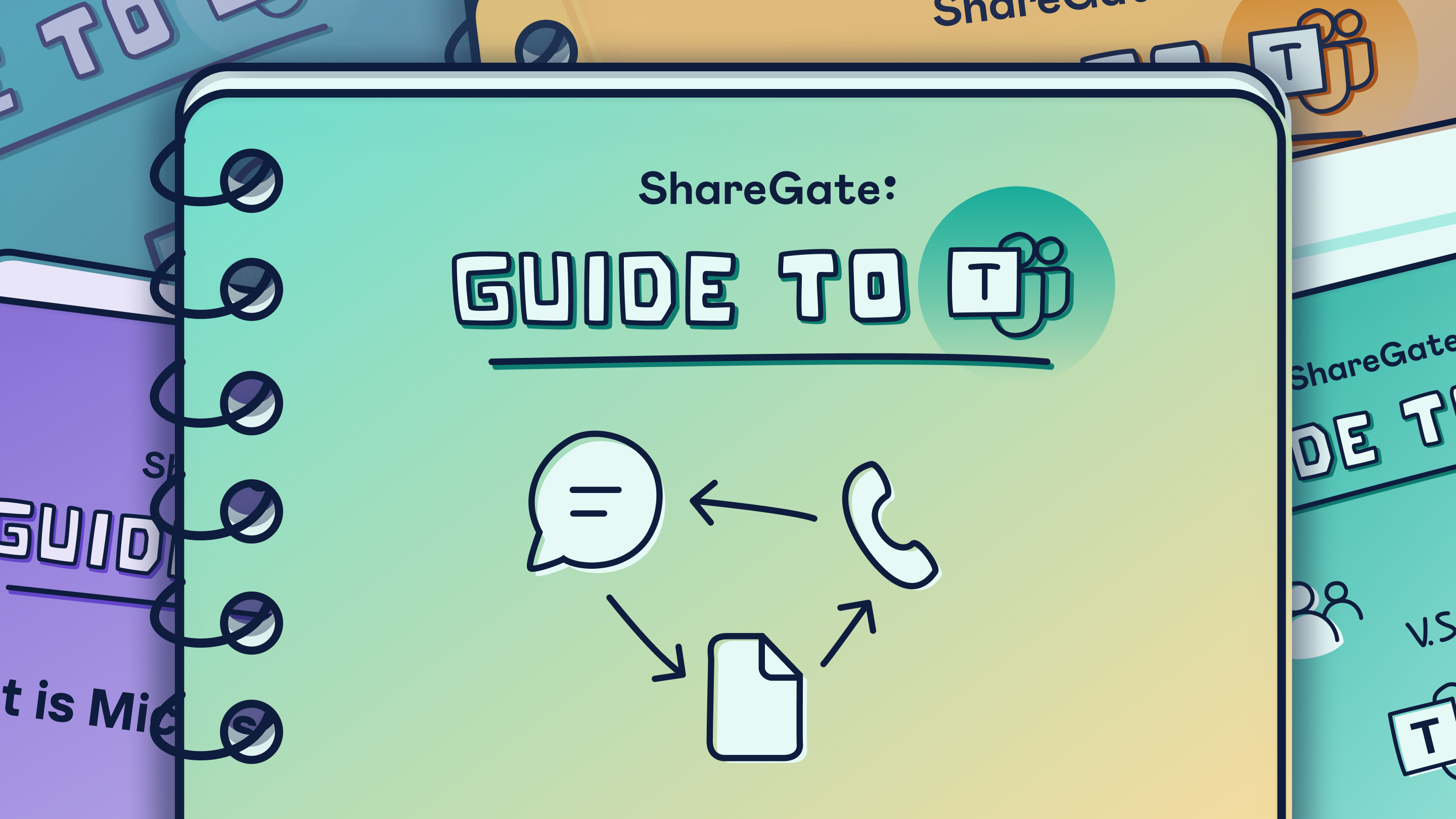

You can always create a Test view (something else I recommend) and test your channel definitions there before touching your main view. And if you equate accessing analytics data from the Google Analytics website with going into a bank lobby to get $20 cash (like I do, as well as other data snobs I know), this is huge motivator to learn how to customize your default channel grouping. If you’re using the API to build dynamic dashboards like the ones I build in my dashboard course, this is a critical consideration.

Note: There are going to be lots of terms thrown around in here that aren’t terribly intuitive, like channels and channel groupings.

Spoiler Alert: The screenshot below highlights all the reports that are directly impacted by campaign tags. Campaign tagging is no trifling matter here. I also wrote a followup Google Analytics channels post to this demonstrating why customizing your channels is so important and walking through how I created a few of mine. It provides some foundational understanding on what campaign tagging is,why it’s so important, how to rock it, and how to keep it from trashing your data. If you haven’t read my guide on campaign tagging, you’ll definitely want to do that. Segmenting Branded and Generic AdWords Keywords How (And When) to Create Custom Channel Groupings How to Customize Your Default Channel Grouping Google’s Advice I Disagree With (And Why) Difference Between Default and Custom Channel Groupings


 0 kommentar(er)
0 kommentar(er)
